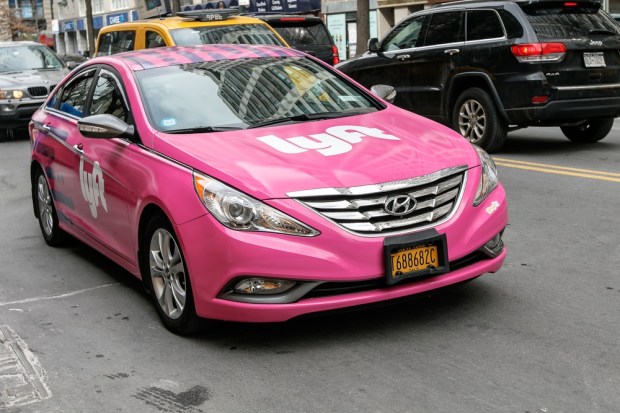Lyft Takes A Page From Netflix, Tests Monthly Subscriptions

Ride-hailing company Lyft is reportedly testing the availability of monthly subscription plans for customers who use the service a lot.
Citing comments Lyft Chief Executive Logan Green made at a press event this week, The Verge reported Lyft could take a page from Netflix and Spotify by bringing a subscription-based model to the transportation market. While terms of the subscription model may vary, The Verge reported the service would be geared toward those riders that spend at least $450 a month on rides. One plan gives riders up to 30 standard Lyft rides for $199 a month, while there’s also a $300 package and $399 subscription that gets riders 60 rides each month. Its covers rides up to $15. It’s not clear how the users would be charged for rides that cost more than $15, noted The Verge. During the Lyft company event, The Verge quoted Green as saying: “We are going to move the entire industry from one based on ownership to one based on subscription.” A spokesperson for Lyft said that it has been testing its subscription plans for several months. “We’re always testing new ways to provide passengers with the most affordable and flexible transportation options,” the spokesperson said. “For the past few months, we’ve been testing a variety of All-Access Plans for Lyft passengers.”
The report noted that in 2016, Uber tested subscriptions in several cities — but it’s not clear what happened with those trials. Lyft’s CEO and president John Zimmer have long predicted personal car ownership will end in big cities by 2025 and recently urged Americans to sell their second cars in an effort to lower carbon emissions and reduce all the traffic clogging the nation’s highways and parkways.
While Lyft is still a second-place player to Uber, it has been making inroads against its main rival. In 2017, for example, its revenue grew more than $1 billion and beat Uber’s growth in Q4 by 2.75 times. CNET reported that Lyft’s revenue growth was up 168 percent in the fourth quarter, while Uber’s increased by 61 percent. It’s important to note, though, that Uber made significantly more in revenue than Lyft last year, with its fourth-quarter revenue at $2.2 billion, up 11.8 percent from the previous quarter.
